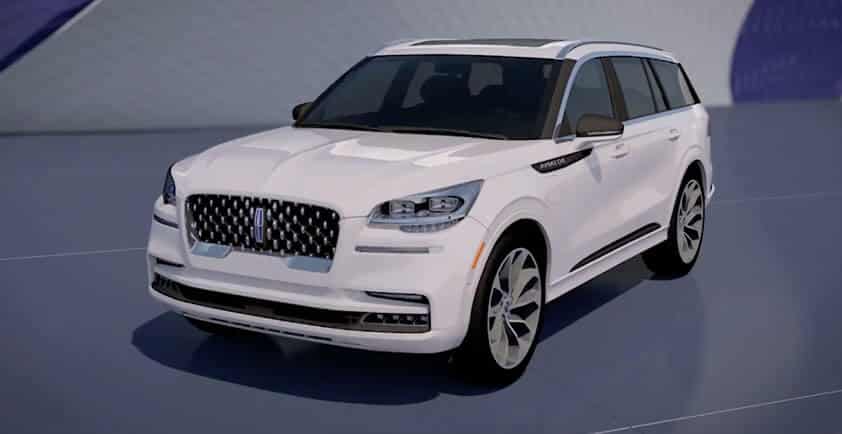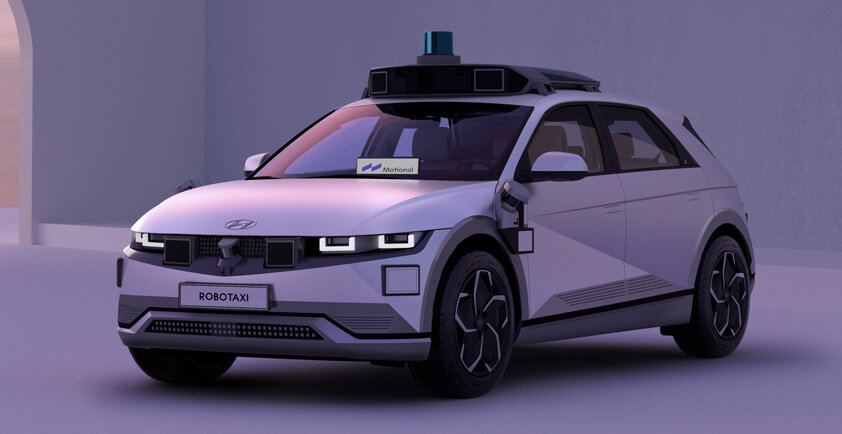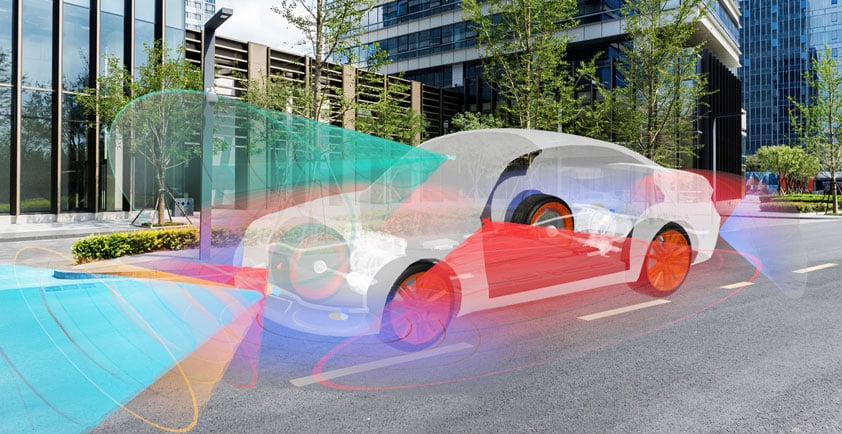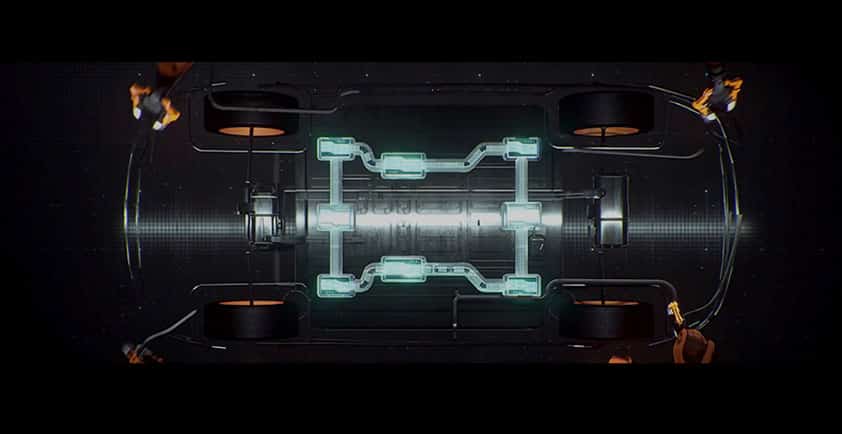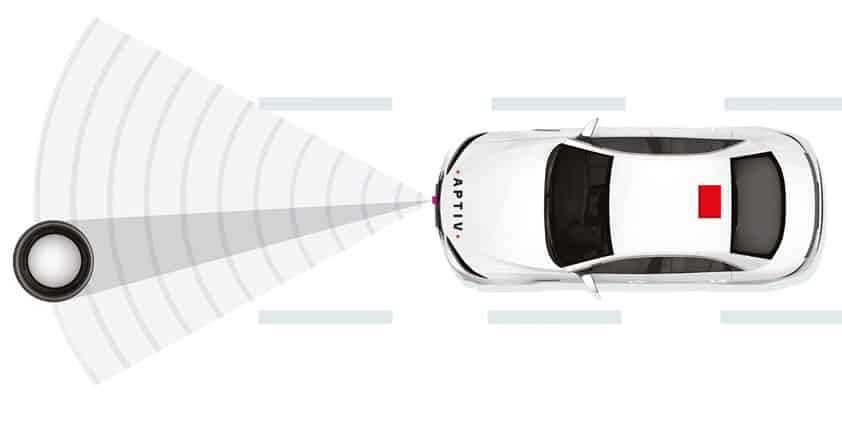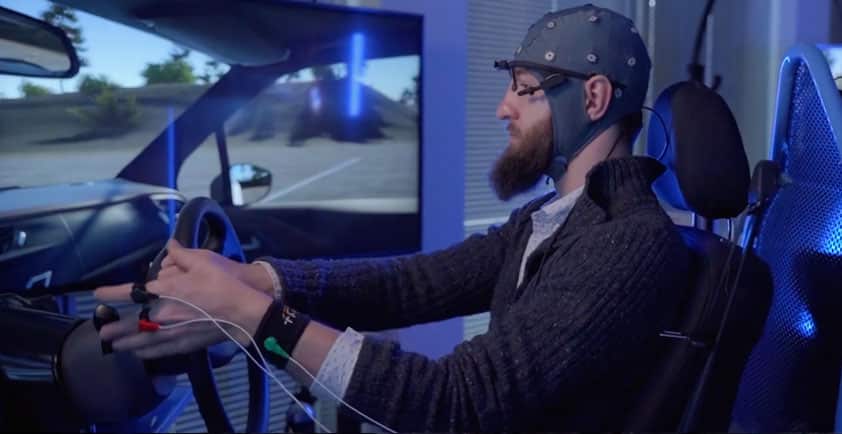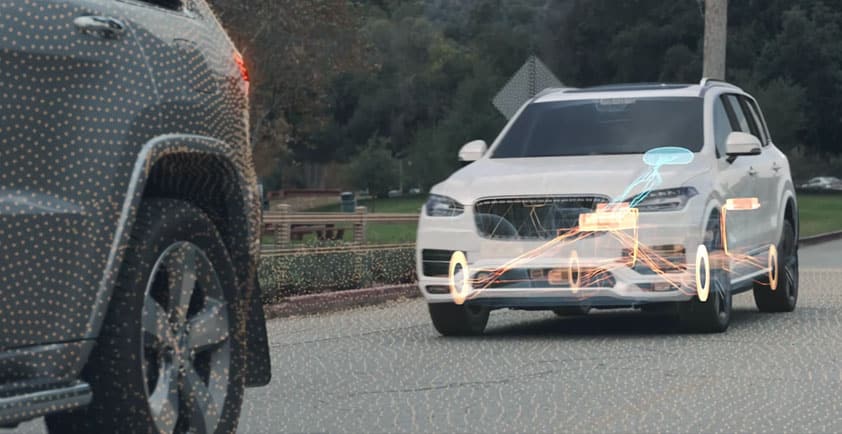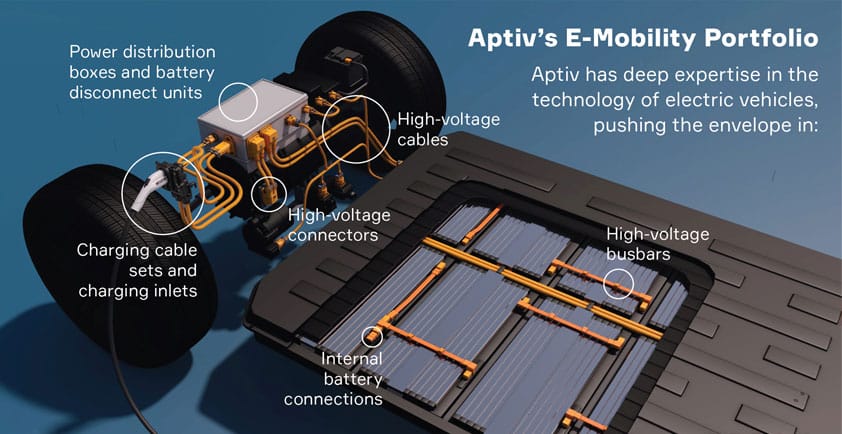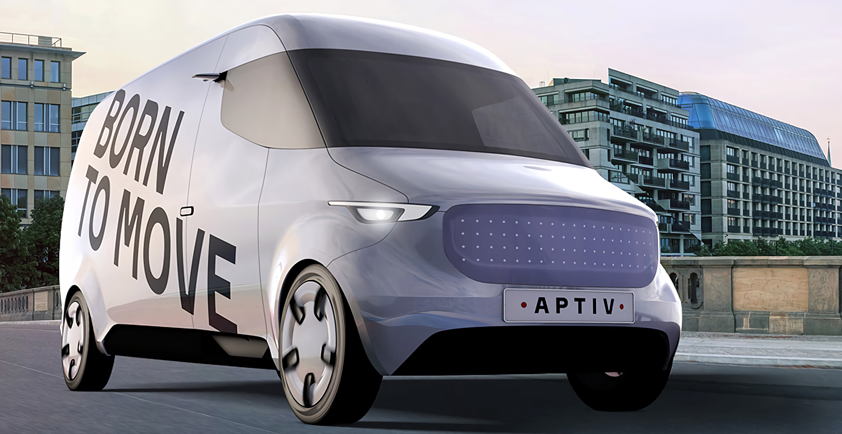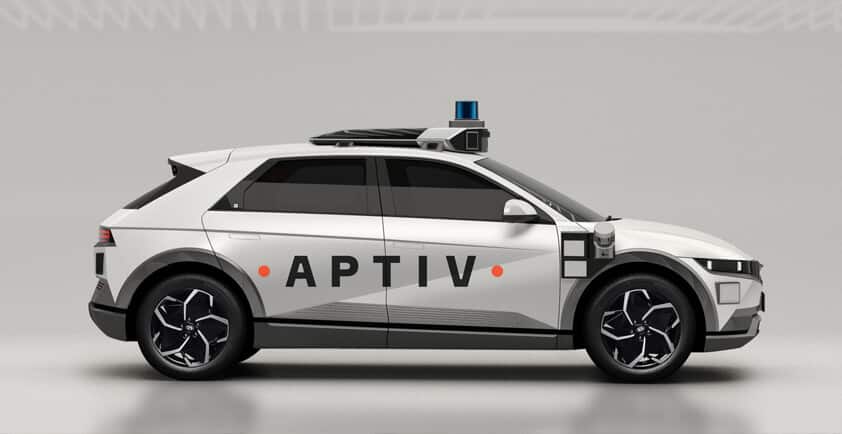

WHAT THE NEXT PHASE OF AUTOMOTIVE SOFTWARE DEVELOPMENT LOOKS LIKE
As software takes vehicles to new levels of safety, comfort and convenience, developers now need software development environments that are much more modern and capable than legacy systems.
In the past, software development followed the rigid, slow “waterfall” method and used highly fragmented toolchains. Development would go through discrete phases, with each phase being completed before the next began. Many of the development processes were manual, as were handoffs from one part of the toolchain to the next. It would take six to eight months for a new version of the software to emerge in that approach.
Today, software is becoming more abstracted from hardware in the automotive world, and developers have an opportunity to take advantage of that architectural shift. They can use modern agile and DevOps methods to update the software on its own schedule, much more quickly and free from ties to hardware changes or other physical updates. This approach provides unprecedented levels of speed, scalability, quality and security.
“The transition from combustion engine to electric vehicles (EVs) alone would have been enough to rock the industry, but innovation through software has become a game changer,” writes Boston Consulting Group (BCG). “In the midst of this unprecedented shift within the mobility industry, automakers need to accelerate speed to market and become much more responsive to customers’ requirements. … Companies that continue to work in the traditional way won’t achieve the step change needed to compete in this new environment.” Agile delivers many advantages, including speed to market, reduced risk and better products, according to BCG.
In continuous integration (CI), the work of building software is automated, and all of the steps of software production are included in a “CI chain,” as the output of one part becomes the input to the next. Continuous deployment (CD) is the automated deployment of new versions of software in the field. CI/CD — as well as continuous testing (CT) — is now possible in automotive, but testing new, advanced applications presents a unique problem in the automotive industry, because tests need to be conducted on a physical vehicle or in a complex simulation on a test bench. For example, imagine the complexity of testing software that analyzes input from multiple radars and cameras in order to autonomously execute a maneuver like passing a slower car on the highway or navigating a complex urban environment with vehicles, pedestrians and other obstacles.
The ideal approach eliminates bottlenecks in the development and testing processes through a cloud-based, centralized platform that enables developers to execute any tests on related test benches located in any test center in the world. The tests can put software-in-the-loop (SIL), hardware-in-the-loop (HIL) or even the vehicle-in-the-loop (VIL) for ever more realistic testing. This approach allows for the scale required to tackle today’s toughest challenges, using global resources.
Find out how all of this comes together in our white paper.
Author - Brian Murphy
Director, Engineering Services
